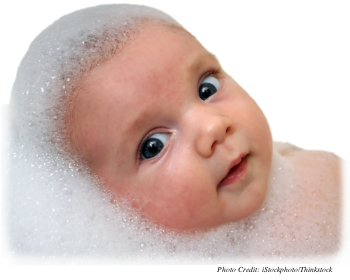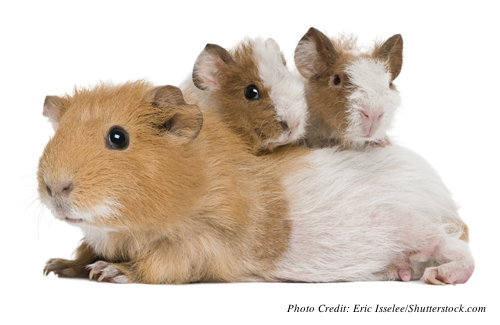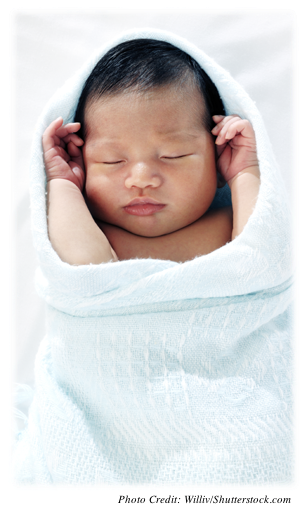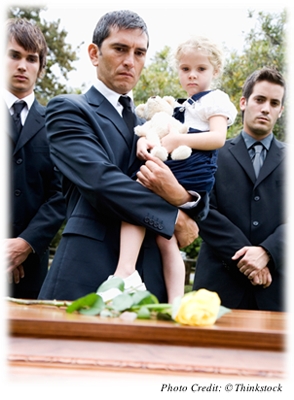

Chapter 1. Infant Reflexes
Synopsis
Infant Reflexes
Author

S. Stavros Valenti, Hofstra University
Synopsis
In this activity, you will see videos of the Babinski, breathing, stepping, eyeblink, grasping, Moro, rooting, and sucking reflexes. After watching the video clips and reading descriptions of these infant actions, you will have an opportunity to apply your new knowledge by identifying some of these reflexes.
REFERENCES
Cole, M., & Cole, S. (2001). The development of children (4th ed.). New York: Worth Publishers.
Do Newborns Have Survival Skills?

Compared to the newborns of other species, human babies are much less developed at the time of birth and are, therefore, more dependent on adults for their care. In spite of this fact, an infant is not completely incompetent. All babies come into the world with specific ways of reacting to certain kinds of stimulation. A baby will turn her head when her cheek is stroked, and she will suck when a nipple is placed in her mouth. If milk flows from the nipple, the baby will automatically swallow. This may not seem like much of an accomplishment, but remember that a baby does all of this and more on the first day of life!
These automatic reactions to specific stimuli are called reflexes. While developmental psychologists disagree on the nature of these early reflexes and how they contribute to later development, they all agree that early reflexes are important building blocks for more complex actions that develop later. In addition, the presence of particular reflexes can serve as indicators of physical health to health care professionals.
In this activity, you will see examples of eight reflexive behaviors along with descriptions of why they are important and when they appear in development. After you become familiar with these reflexes, you will have a chance to identify them in some videos of newborns.
Some of the Reflexes Present at Birth

Developmentalists have identified a variety of reflexes that humans have at birth. Go through the screens to play the videos demonstrating each reflex. Examine their developmental course and note how these responses help newborns survive.
- Babinski reflex
- breathing reflex
- stepping reflex
- eyeblink reflex
- grasping reflex
- Moro reflex
- rooting reflex
- sucking reflex
Test Paragraph
Babinski Reflex

Description
- When someone strokes the bottom of the baby’s foot, the toes fan out and then curl.
Developmental Course
- Disappears in 8 to 12 months
Significance
- Its presence at birth and its normal course of decline are a basic index of normal neurological condition.
Breathing Reflex

Description
- The rhythmic intake and expulsion of air
Developmental Course
- Permanent
Significance
- Sustains life by providing oxygen, which is necessary for metabolism, and by removing carbon dioxide, which is a metabolic waste product, from the blood
Stepping Reflex

Description
- When a baby is held upright over a flat surface, she makes rhythmic leg movements.
Developmental Course
- Disappears in first 2 ‐ 3 months but can be reinstated in special contexts
Significance
- Its meaning is somewhat disputed. It may be only a kicking motion, or it may be a component of later voluntary walking.
Eyeblink Reflex

Description
- Rapid closing of the eye
Developmental Course
- Permanent
Significance
- Protects the eye from invasive stimuli, such as bright lights and foreign objects
Grasping Reflex

Description
- When someone presses a finger or some other object against the baby’s palm, her fingers close around it.
Developmental Course
- Disappears in 3 to 4 months and is replaced by voluntary grasping
Significance
- Its presence at birth and later disappearance is a basic sign of normal neurological development.
Moro Reflex

Description
- If a baby is allowed to drop unexpectedly while being held or is exposed to a loud noise, he will throw his arms outward while arching his back and then bring his arms together as if grasping something.
Developmental Course
- Disappears in 6 to 7 months although a startle response to loud noises is permanent
Significance
- Its meaning is somewhat disputed. Its presence at birth and later disappearance are a basic sign of normal neurological development.
Rooting Reflex

Description
- When touched on the cheek, the baby turns her head in the direction of the stimulation and opens her mouth.
Developmental Course
- Disappears between 3 and 6 months
Significance
- A component of nursing
Sucking Reflex

Description
- When something is put into his mouth, the baby sucks.
Developmental Course
- Disappears and is replaced by voluntary sucking
Significance
- Fundamental component of nursing
Identify the Reflex

Here is the first example of a newborn’s reflex. Play the video to watch the newborn, then select the reflex that you observe in the video clip.
Thumbnail Photo Credits: Worth Publishers
1.
Select the reflex that you observe in the video clip.
Identify the Reflex

Here is the second example of a newborn’s reflex. Play the video to watch the newborn, then select the reflex that you observe in the video clip.
Thumbnail Photo Credits: Worth Publishers
2.
Select the reflex that you observe in the video clip.
Identify the Reflex

Here is the third and final example of a newborn’s reflex. Play the video to watch the newborn, then select the reflex that you observe in the video clip.
Thumbnail Photo Credits: Worth Publishers
3.
Select the reflex that you observe in the video clip.
Assessment: Check Your Understanding

4.
1. The Babinski reflex:
Assessment: Check Your Understanding

5.
2. The stepping reflex:
Test Paragraph
Assessment: Check Your Understanding

6.
3. When touched on the cheek, the baby turns her head in the direction of the stimulation and opens her mouth. This automatic response is known as the:
Assessment: Check Your Understanding

7.
4. When something is placed into the baby’s mouth, the baby:
Test Paragraph
Assessment: Check Your Understanding

A friend of yours has just had her first baby, and she knows that her baby has certain automatic reflexes that will help him survive. She does not know what those reflexes are, and she has asked you to tell her about them because she knows you are interested in how humans develop.
8.
5. Write a short letter telling her about the eight reflexes described in this activity. Be sure to tell her which ones will disappear over the course of infancy and which ones will be permanent.
Congratulations! You have completed this activity.Total Score: x out of x points (x%) You have received a provisional score for your essay answers, which have been submitted to your instructor.